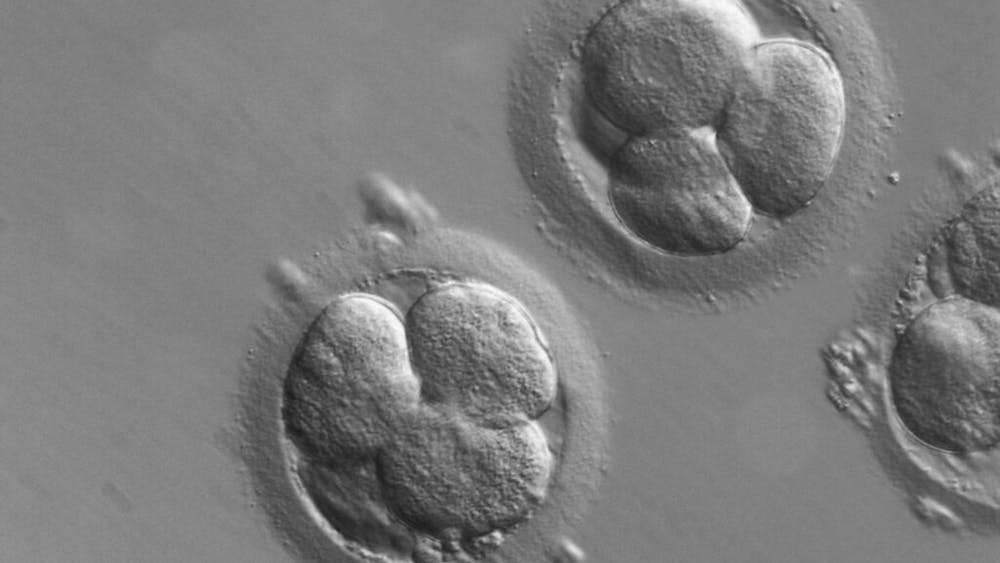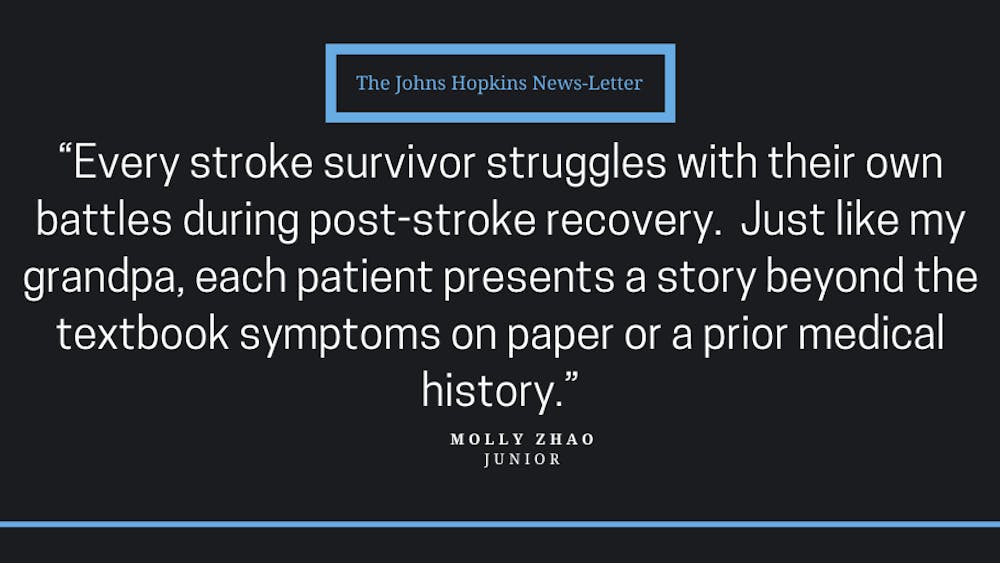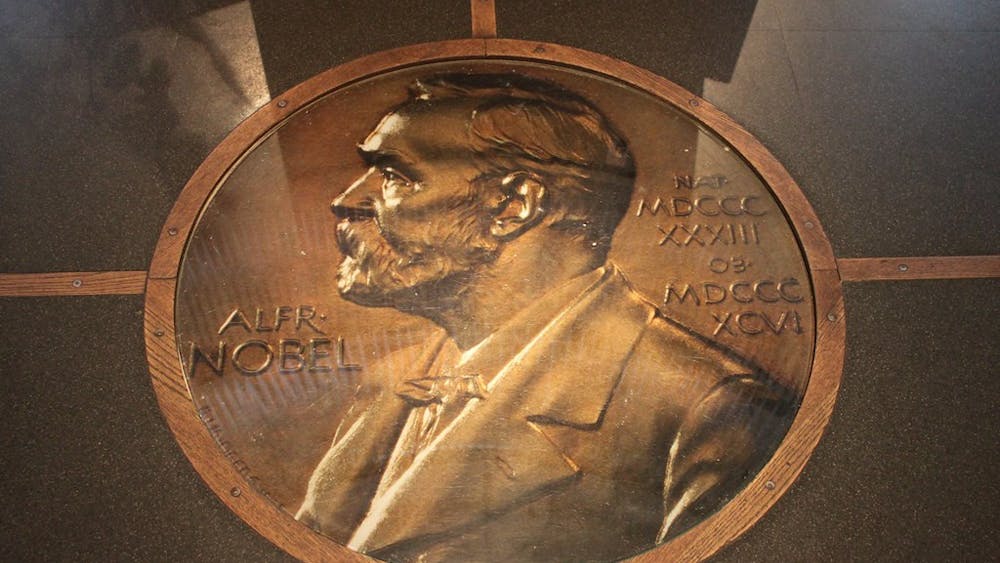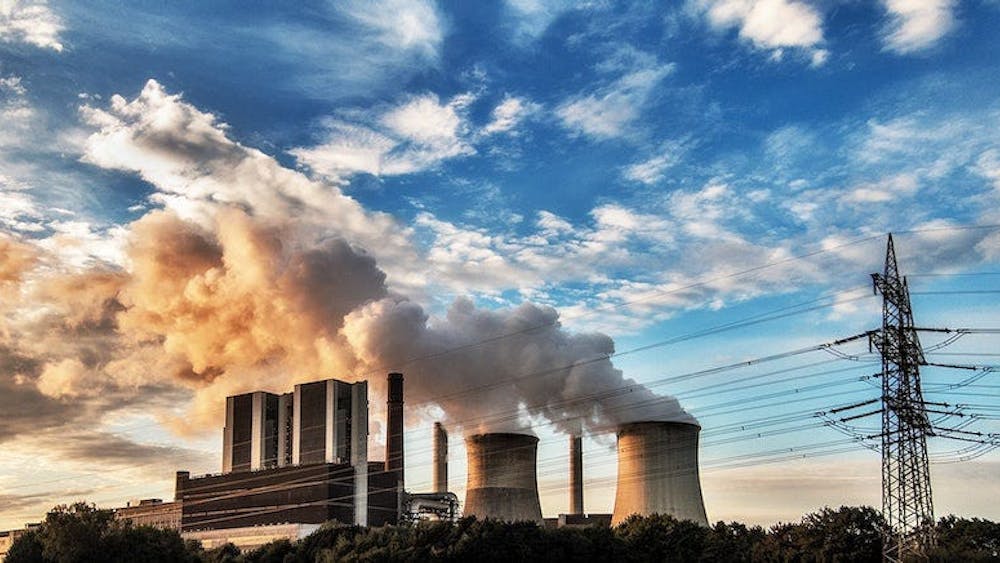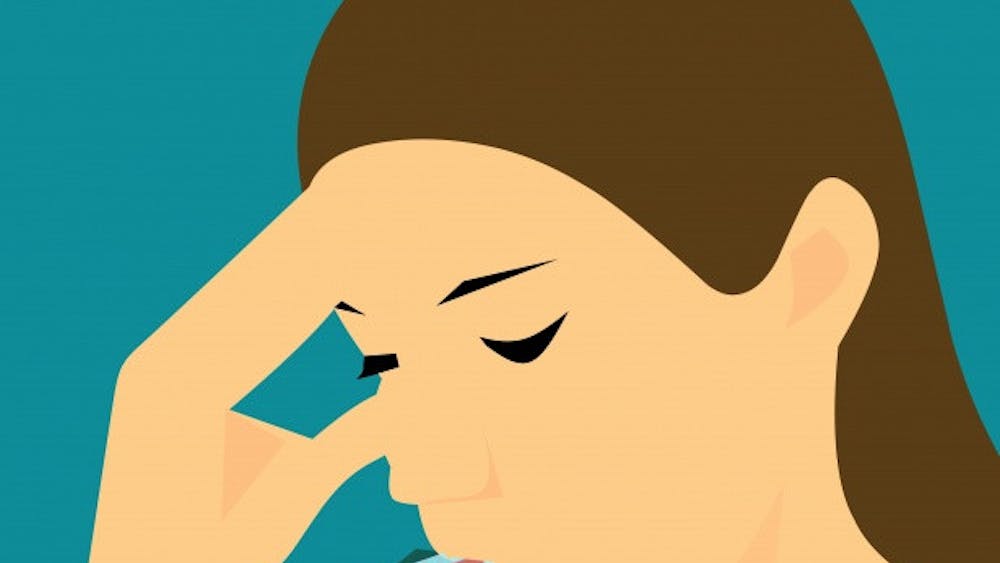Study on chromosomal abnormalities sheds light on in early embryo development in human reproduction and IVF
By VICKY ZHU | October 19, 2023Rajiv McCoy, an assistant professor in the Department of Biology, and his collaborators at London Women’s Clinic in the U.K. discovered a strong correlation between chromosome abnormalities, embryo arrest and low blastocyst morphological grading of the in vitro fertilization (IVF) of human preimplantation embryos. Their results were recently published in Genome Medicine.

